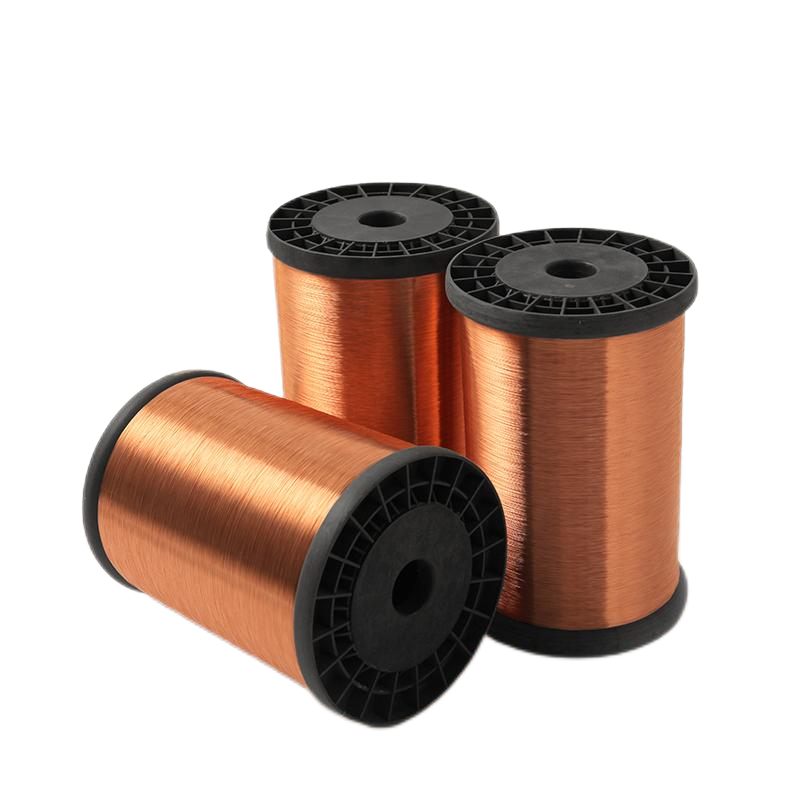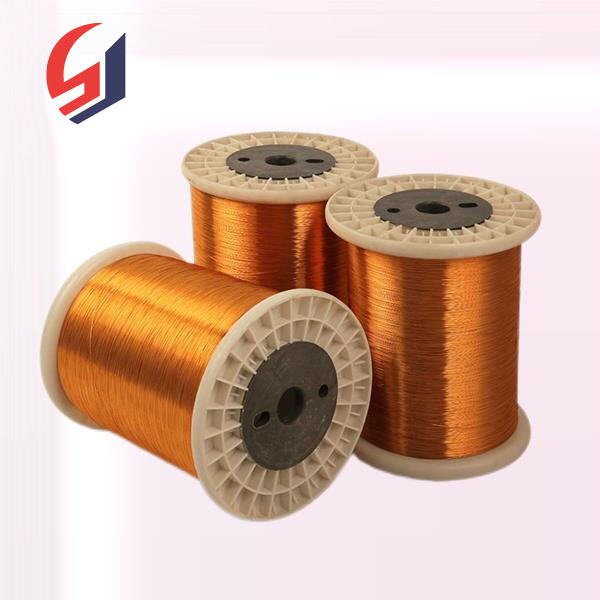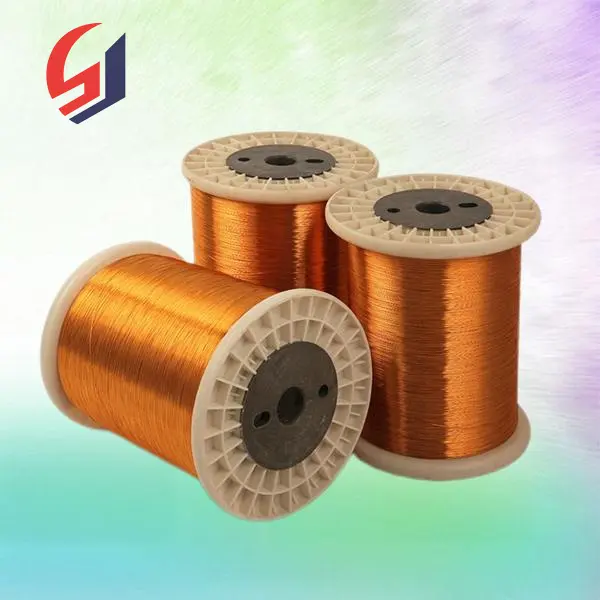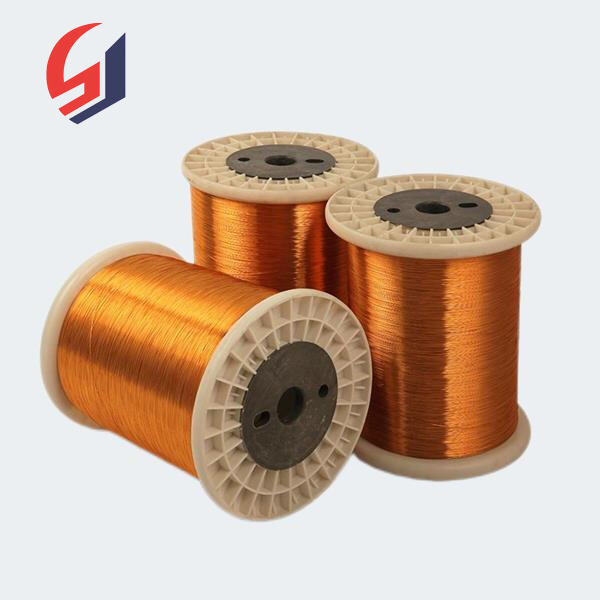Ang CCA ay nangangahulugan ng Copper-clad aluminum, na ang ibig sabihin ay ang loob ng kawad ay gawa sa aliminio (na mas hina), samantalang ang panlabas ay bakal. Mayroong ilang magandang katangian ang CCA, ngunit hindi ito katumbas ng solid na bakal. Ang solid na bakal, tulad ng kanyang pangalan, ay 100% bakal na walang anumang dagdag. Habang pareho silang maaaring mag-conduct ng elektrisidad nang maayos, kailangan mong malaman ang ilang pangunahing pagkakaiba.
Isang benepisyo ng CCA ay mas mababang presyo kaysa sa solid na bakal. Dahil dito, mas murang gawin at bilhin ang mga kable ng CCA dahil may kaunting bakal ito. Ito ay isang mahusay na pagpipilian para sa mga proyekto na may pamamaraan na kaibigan ng budget. Gayunpaman, mas magaan ang CCA kaysa sa puro na bakal, kaya mas madali itong ilipat at gumawa kaysa sa puro na bakal. Ito ay isang katangian ng mababang timbang na pinapayagan din ang CCA para sa kabling kinakailanganang maging maikli (halimbawa habang sinusubok sa mga lugar o sulok na mahirap).

 TL
TL


































